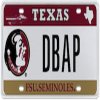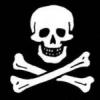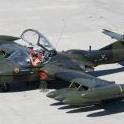That's an ill-informed statement.
Significant investigation and learning takes place after EVERY aviation accident, and airshows are no different. The European airshow regulations are very specific and (without knowing the details seem much more restrictive than US airshow regulations), not only as regards pilot and team qualifications but also the requirements of the performing environment and control of surrounding territory. Many of the current regulations came from recommendations out of the investigation report on the 1988 crash at Ramstein. That report led directly to significant lessons learned in not only the air operations but also ground operations, crowd area and control, emergency preparations, response, command and control structure, communications, hospital mass casualty response, and on-site triage. You can argue that some of the crowd-line distance restrictions are over the top, but that accident resulted in 67 fatalities and approximately 1,000 injured on the ground.
It is also true that, at least in the UK, part of the process for getting a display authorization involves the DA inspector evaluating the candidate's judgement and motivations for pursing a DA. If he comes across as a hot shot who just thinks showing off at an airshow is a cool way to get chicks, chances are he's not going to get his DA until that attitude changes demonstrably. Is it perfect? No. But it's much more involved than the average punter thinks.
To say that NO lessons are learned after accidents is simply untrue and underestimates the caliber of the people in the community.
The best piece of advice I ever got when pursuing a DA was from an experienced demonstration pilot. In an attempt to put performance pressure and pilot peer-pressure into context, he summed up the average airshow goer as just being an average joe, with little or no aviation knowledge, wanting a good day out. He said "The only thing you're competing with out there is an ice cream cone."











